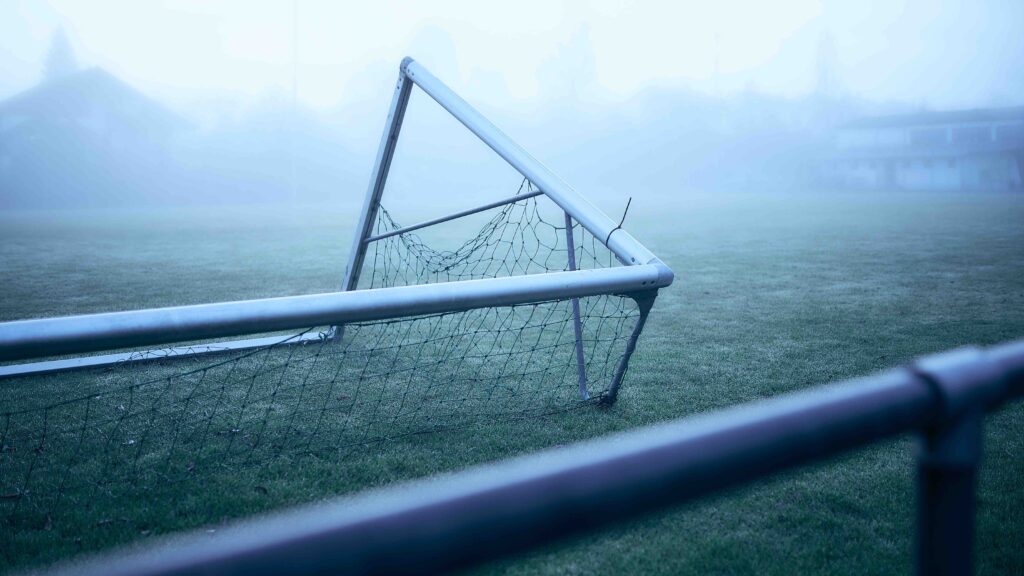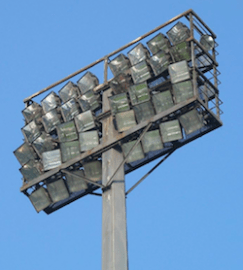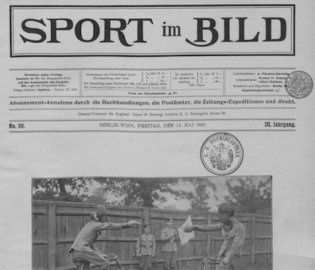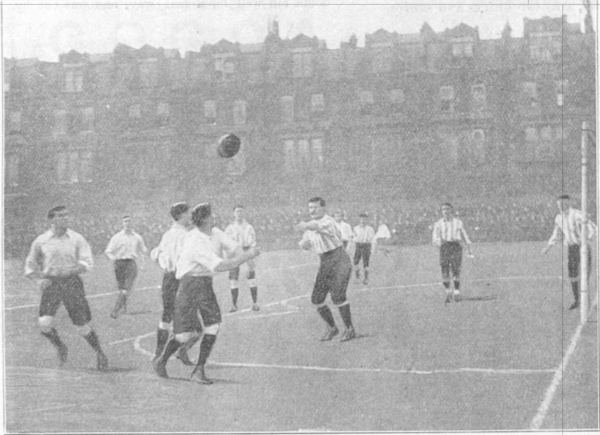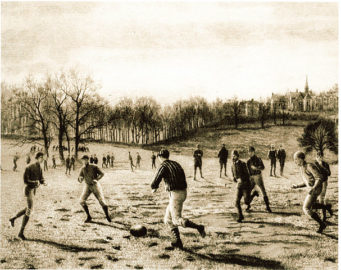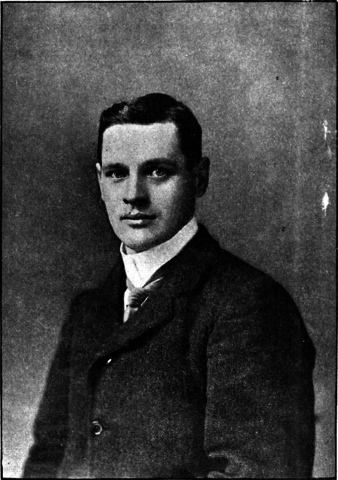Am 16. August 2018 veröffentlichte Google ein Doodle zu Ehren des 187. Geburtstags von Ebenezer Cobb Morley in Kuba, Peru, Kolumbien, Brasilien, Argentinien, Neuseeland, Australien, China, Vietnam, Indien, Griechenland, Frankreich, Kroatien, Polen, Litauen, Estland, Deutschland und im Vereinigten Königreich. Allein in Googles Beschreibung des Doodles wimmelt es von Fehlern oder zumindest streitbaren Äußerungen, die ich in diesem Beitrag benennen möchte. Und euch dazu animieren möchte, nicht alles für bare Münze zu nehmen. Dass ich mich überhaupt mit der Entwicklung der Fußballregeln und -regelwerke beschäftige, hat mangelndes quellenbasiertes Arbeiten als Ursache. Auf der Suche nach Jahreszahlen merkte ich, dass sich Jahreszahlen widersprachen und das nur in allerseltensten Fällen auf die zeitgenössische Quelle (z.B. Zeitungsberichte) verwiesen wird. Die Annahme, dass viele einfach Informationen von zwei, drei Seiten beziehen und diese nicht weiter überprüfen, bestätigt sich immer wieder. So auch bei diesem Doodle. == Nachträglich Anmerkung: Ich habe nach Erstellen des Posts die Links nicht mehr überprüft. Gut möglich, dass manche Berichte nachträglich berichtet wurden. == Dass SWP die ersten FA-Treffen auf 1982 datiert und India Today Morley Geburtsjahr auf …




